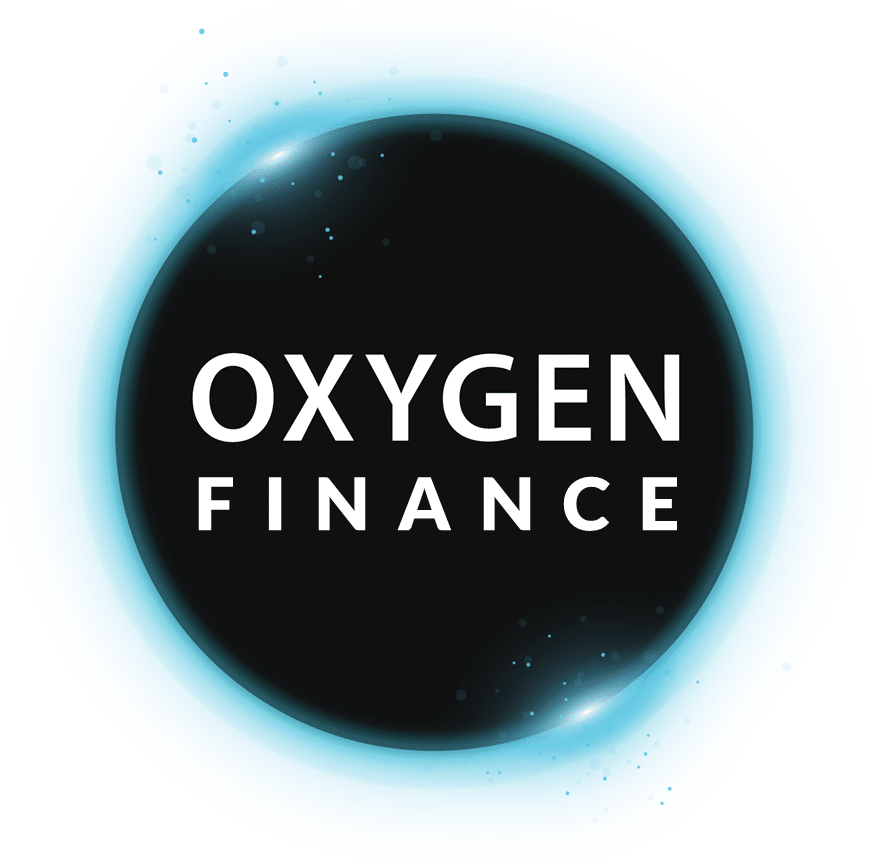Last week’s CPO Forum Advisory Forum, held at Oxygen Finance HQ in Birmingham, brought together a group of Chief Procurement Officers from across local government, central government, framework providers and collaborative procurement organisations with the aim of sharing experiences of public sector procurement.
One outcome from that meeting was the creation of an infographic describing the Procurement Officer of Tomorrow, which is available for download below. Oxygen Marketing Director, John Newton, spoke to Head of Supplier Engagement, Libby Daniels, to uncover the story of how that infographic came about, how and why it was created, and crucially, what will happen next?
John: Great to talk to you. So, please set the scene – what was the aim of this year’s CPO Advisory Forum?
Libby: To look at the future of procurement and the increasing challenges that are facing CPOs. Not only do they now have to make purchases to meet the requirements of the council, but they also must consider sustainability, CSR initiatives, social value requirements, increasing budget deficits, and most recently, COVID. These factors have made their jobs ten times more difficult with the same amount of resource, and so the struggle to get the right staff to cope with these demands is a very real one.
John: Given that, what specifically prompted the creation of the infographic?
Libby: During the previous CPO Advisory Forum event the struggles of recruitment came up on several occasions. It’s becoming increasingly difficult to attract and retain talent within public sector procurement due to many reasons – from constraints within public sector processes and the general attractiveness of the job versus larger organisations in the private sector, who may have more incentives at their disposal.
In response to this, we ran a workshop this time around to allow attendees to collaborate around a single question – ‘if they could handpick the perfect person to tackle the growing needs of procurement in the public sector for the next 10-15 years, who would that person be?’
John: How was the workshop structured?
Libby: Breaking into two working groups, we focused our thoughts around three key areas: Skills, experience, and behaviours, which mirrors the main three sections featured in a typical job description. The aim was to agree what the most important things were in a procurement person to help shape their thinking when they go about recruiting to fill those roles.
Each group was given the following scenario – imagine that you have employed someone in your team for a while. You’ve mentored and trained them up into the perfect procurement person, someone who is going to be with you for the long term in a senior, strategic, decision-making role. Now, describe that person.
John: Were there any recurring themes between the two groups?
Libby: Within the groups there was a lot of focus on the ability to manage a lot of stakeholders and requirements, which reflected the myriad of challenges that procurement teams now must deal with.
There was also much said about the need for creativity and challenging the status quo. Historically, public sector procurement has been quite risk-averse but there was a clear consensus that if all these requirements are going to be met within the budgetary constraints that public sector organisations have then there will need to be a level of creativity, risk taking and ‘thinking outside of the box’.
Another quality that came up continually was the ability to work with many different stakeholders, managing commissioners, senior stakeholders, councilors, politicians, and end users within the community, while still achieving the right outcome for the council within that budget. Digital and data skills also came up frequently. The ability to tap into and analyze data from a procurement person’s perspective is vital.
The groups also anticipated that this person would need to lead sustainability and carbon neutral drives, as a lot of the responsibility for delivering on ESG commitments are being handed off to procurement and contract management for enforcement.
Overall, the message was that a procurement person isn’t just commercial, they have multifaceted skills and can go all the way from presenting to senior stakeholders through to understanding sustainability and how to be carbon neutral and being able to analyze data to buy better.
John: The infographic is great but feels like the beginning of something bigger. Where do you think the forum will take this topic next?
Libby: The bigger issue is around how the public sector, and specifically the procurement function, are attracting and retaining talent. Certainly, from my experience with public sector procurement, a lot of the job descriptions have been very prescriptive in the types of procurement the candidate should have done before, the savings they were expected to have derived, etcetera. Discussing this in the forum the conversation was around behaviours and the type of person, rather than specific experience. I think that’s a mindset shift that will start to happen within the public sector.
This ideal persona can be used to help create a job specification that not only reflects all these points but is also designed to appeal to potential employees that meet the persona. For example, if someone has strong interpersonal skills, what would they want to that would attract them to the role? I would expect, and indeed look forward to that challenge being addressed in a future session!





